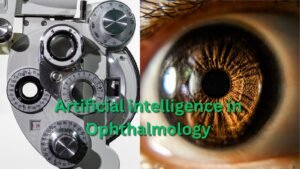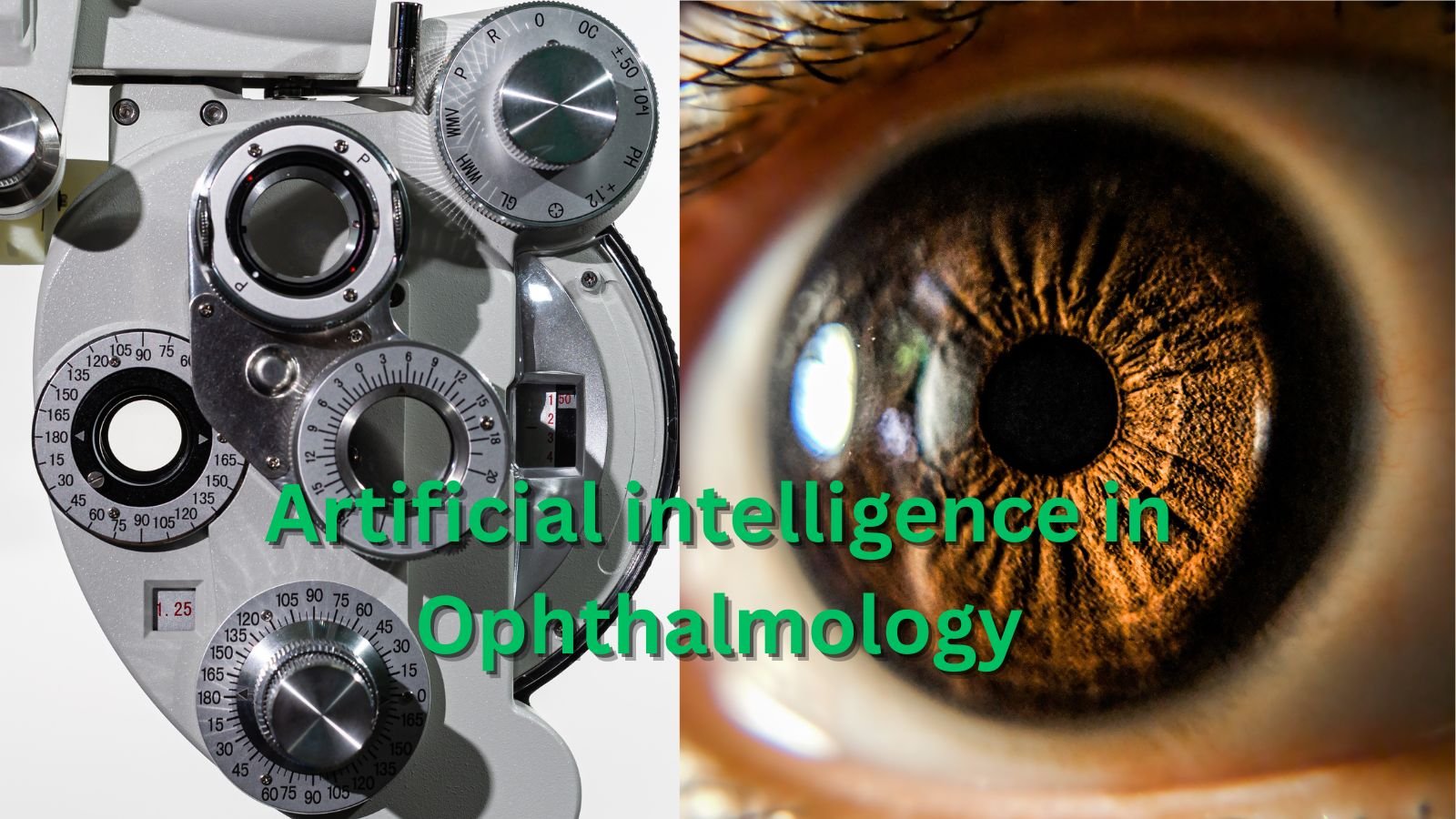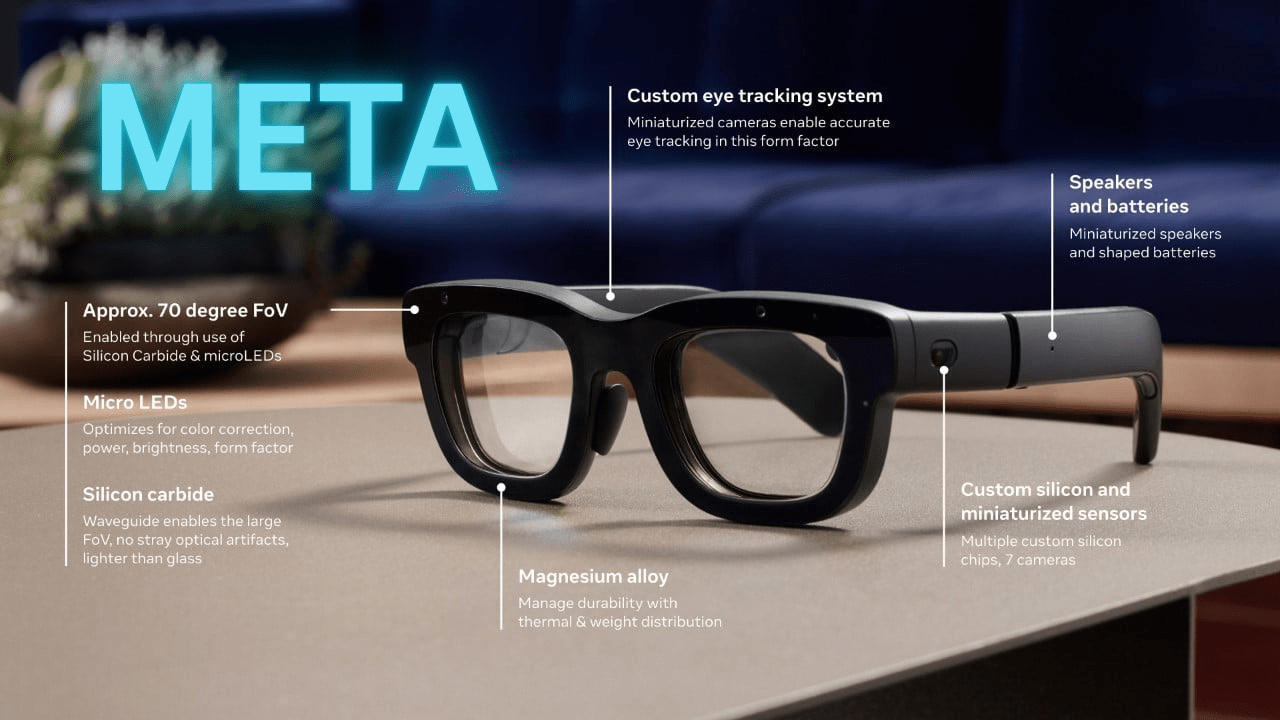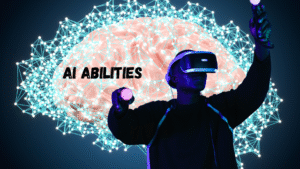Artificial intelligence in Ophthalmology
The development of Artificial Intelligence (AI) creates a new wave of transformation across multiple industries, including healthcare. Ophthalmologist AI teams use complex machine learning and deep learning structures on medical images and files, assisting doctors diagnose and provide treatment plans on eye-related health problems. The article analyzes the efficiency, benefits, scope, challenges, and applications of AI tools in ophthalmology with no prior knowledge on the subject.
An Introduction to AI in Ophthalmology
AI exhibits a growing importance in ophthalmology since there are numerous high-resolution images that can be digitally captured and stored with devices such as fundus cameras and optical coherence tomographers (OCTs). These medical imagers not only assist doctors but also provide multiple datasets that help algorithm-powered AI structures to train and monitor multiple ocular diseases for effective diagnosis. AI enhancement on eye care is witnessed in the ability of diabetic retinopathy identification as well as predictive plays towards glaucoma care.

Current Applications of AI in Ophthalmology
Advanced AI programs are integrated within subfields of ophthalmology including ocular oncology, cataract, and other subfields enabling the technology to understand why certain parameters are important using the available datasets as well as achieve phenomenal results when operating with real eye patients, even while training. The result shows that AI systems perform like an experienced ophthalmologist or exceed their expectations and capabilities.
Diabetic Retinopathy Detection
One of the most developed uses of AI in ophthalmology is in the identification and grading of diabetic retinopathy (DR). Tools such as IDx-DR, which is the first FDA-approved AI system for fully autonomous DR screening, use fundus photographs for feature extraction and disease identification with notable sensitivity and specificity (86–97%, 94–99% respectively) (ScienceDirect). This allows early intervention for a diabetic patient before they lose their eyesight. Similarly, EyeArt and AEYE-DS have outperformed clinicians in detecting referable DR (EyeWiki).
Glaucoma Diagnosis
AI is also transforming glaucoma diagnosis by using OCT scans and fundus photographs to detect glaucomatous changes of the optic nerve head. There are many studies of AI systems with glaucoma detection, and most of them achieve more than 90% with some models outperforming human experts in sensitivity and specificity (Exploration Publications). For example, AI can detect glaucoma suspects early, which facilitates adequate intervention and mitigates irreversible vision loss.
Management of Cataracts
For preoperative and intraoperative cataract management, AI plays a role in the detection, grading, and surgical planning of cataracts. For instance, the ResNet model has cataract diagnosis accuracy of more than 90% (EyeWiki). Furthermore, AI improves precision in surgical intervention by predicting postoperative results and calculating intraocular lens power. Additional tools are being developed like CC-Cruiser, which aims to evaluate congenital cataracts, further enhancing the utilization of AI in this field.
Broader Uses
AI plays a broader role in other diseases such as AMD and ROP. With AMD, AI has the ability to classify it into its exudative and non-exudative forms, while for ROP, i-ROP systems have shown expert-level fidelity in plus disease diagnosis (British Journal of Ophthalmology). There is also research being done about AI in ocular oncology concerning predicting disease outcomes and in oculoplastics where facial measurements for surgical planning are automated.
Advantages of AI in Eye Care
AI brings a myriad of positive impacts to the field of ophthalmology, as discussed in the table below:
Through these means, AI is greatly helpful in improving the delivery of eye care services.
Obstacles and Restrictions
With all the possibilities provided, there are some complications explained in the next table:
It is best to solve these issues if AI is to be adopted on a universal front in the clinical environment.
Future Opportunities
The prospects of AI in the sector of ophthalmology continue to be worked on in order to try and fix existing challenges, some of which include:
More Advanced Artificial Intelligence Screening Devices
The development of new eye screening technologies that utilize AI will focus on the detection of more eye diseases and will include some which are presently considered uncommon.
Tailored Treatment Approaches
The integration of AI and machine learning into ophthalmology will assist in formulating tailored treatment approaches, which aim to enhance results.
Treatment Outcome Estimation
AI has the potential to estimate a patient’s visual acuity following a vitrectomy surgery with a powerful and unmatched degree of precision, thus enabling ophthalmologists to actively manage the vitrectomy outcomes.
Associative AI with Remote Medicine
A combination of AI and remote medicine will enhance the ability to carry out eye screenings in medically challenged areas, especially in relation to eye disorders such as diabetic retinopathy and retinopathy of prematurity (ROP).
Notably, scientific studies surrounding the efficiency and effectiveness, in relation to costing strategies, of AI systems still require in-depth scrutiny. The use of diverse datasets in overcoming the inaccuracies associated with the ‘black box’ architecture of AI will be crucial in enabling AI mainstream adoption.
Conclusion
The improvements in the accuracy of diagnosis, the possibility of early interception of conditions, and better access to eye care services are just a few ways Artificial Intelligence will advance ophthalmology. Although there are still AI lacks explainability, generalizability, and has ethical concerns, continued research and development are fostering the reality in which Artificial Intelligence and human practitioners co-exist to better the care provided to patients. The eye care industry will progress, all thanks to the preservation of eye patients’ will to advance technology.
/galaxy-s26-gets-smarter-samsung-taps-perplexity-ai-for-future-phones/
/nintendo-switch-2-release-date-price-and-features/
/playstation-state-of-play-june-2025-what-you-should-prepare-for/
/nintendo-switch-2-at-walmart-here-is-how-you-can-pre-order-it/
/apple-ios-26-expected-features-after-the-upcoming-announcement/



















Post Comment